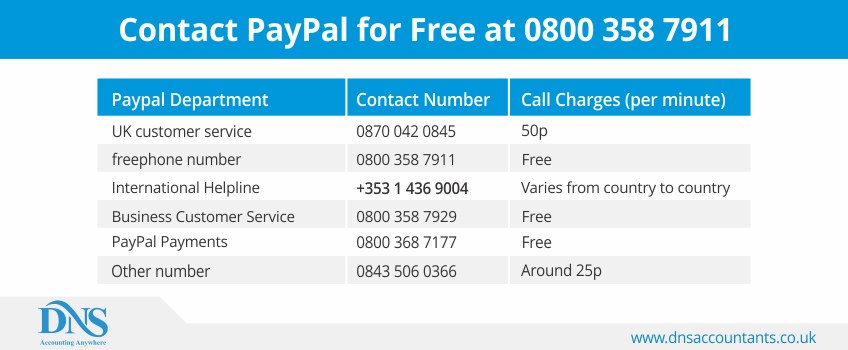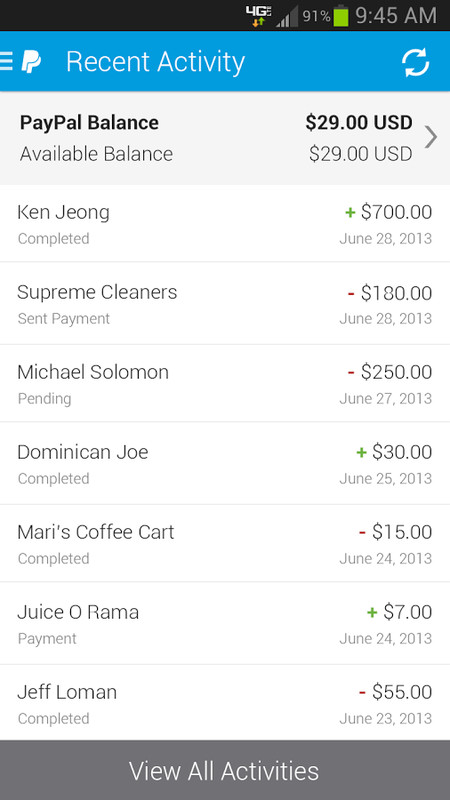
It includes a bogus phone number to “cancel” the fraudulent order. The language is awkward and not what you’d expect from an official PayPal email (for example, “If you’re reading this email then it’s already too late to make any changes to your order. It creates a false sense of urgency by claiming that you’ll owe money if you don’t act now. The PayPal logo is pixelated, meaning that it was stolen from another site. The email doesn’t come from an official email address. They used the victim’s name and email, included a legitimate-looking order number, and didn’t ask for personal information or money (to avoid suspicion).īut if you pay close attention, you’ll notice the red flags of a PayPal scam: And this scam email is designed solely for that purpose. Scammers know you’re more likely to fall for their schemes if they can get you on the phone and pressure you to act. Unfortunately, scammers are only getting better at bypassing these measures and stealing your money and sensitive information.Įxample of a convincing PayPal phishing email. While nothing online is 100% safe, PayPal is committed to ensuring maximum security for its users and has policies in place to help get your money back if you’ve been scammed. Scammers overpay for an item “by accident” (often using a stolen account or employing hacking techniques to make it appear as if the money is in your bank account) and then ask for the difference back through a payment form that is non-reversible. A type of social engineering attack in which scammers impersonate PayPal representatives or other authoritative figures to trick victims into sending money or revealing sensitive information. The victim is promised a large sum of money that will be released after paying scammers a fee in advance. While PayPal scams come in different shapes and sizes, the most common angles include: In fact, scammers are most likely to cheat customers out of money by using PayPal, according to the Better Business Bureau (BBB). With over 300 million account holders, PayPal users are compelling targets for scammers. Paypal scams include numerous different strategies and schemes that scammers use to convince PayPal users to send them their money and personal information or give them access to their accounts. In this guide, we’ll cover how PayPal scams work, show examples of the latest scams to watch out for, and explain what you should do if you’ve been scammed on PayPal. If you’re one of the millions of people who use PayPal, or if you’ve received a suspicious-looking email claiming to be from the company, you need to recognize the warning signs of a scam. 
It was a scam.Įven worse, the company recently disclosed that : Close to 35,000 PayPal users had their accounts hacked by a credential-stuffing attack in January of 2023.

Worried about being stuck with an unexpected bill, the user called the phone number listed on the invoice.īut it was only when the person on the phone asked to remotely access the user’s computer that it started to become clear they weren’t actually dealing with PayPal. įor one Reddit user, all it took was a couple of legitimate-looking emails claiming to be “PayPal invoices” for Bitcoin purchases that the user hadn’t authorized.

In 2021 alone, online payment fraud on platforms such as PayPal cost users over $20 billion. Save $10 USD when you spend $50 USD on TurboTax and pay with PayPal.PayPal scams are becoming increasingly common - and sophisticated. Get unlimited advice from a TurboTax expert, or let them do your taxes for you. Tip: Minor typographical errors with the name (missing period or capitalization) in a business name wouldn't be the reason why there's an IRS mismatch.įile with TurboTax.

The business name on your PayPal account is different than the legal business name used with the IRS for tax purposes.The name and/or TIN that appears on your PayPal account doesn't match what the IRS has on file.Invalid or incomplete Tax Identification Number (EIN, SSN, ITIN).
#PAYPAL NUMBER VERIFICATION#
Some common reasons why a TIN may fail verification include: If the discrepancy persists, you may receive an IRS B-Notice later in the year to help you correct the mismatch. If your TIN fails verification, you'll need to fill out an equivalent tax Form W-9. If you're asked to provide your Tax Identification Number (TIN), such as a Social Security Number (SSN), Employer Identification Number (EIN), or Individual Taxpayer Identification Number (ITIN) to your existing account(s), we'll attempt to verify the information with the IRS.








 0 kommentar(er)
0 kommentar(er)
